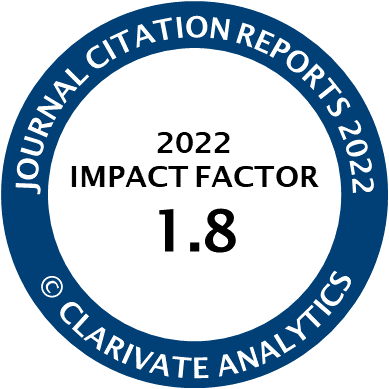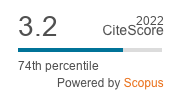Article | Open Access
Port Cities within Port Regions: Shaping Complex Urban Environments in Gdańsk Bay, Poland
| Views: | 2162 | | | Downloads: | 1739 |
Abstract: Port cities located within various metropolitan or functional regions face very different development scenarios. This applies not only to entire municipalities but also to particular areas that play important roles in urban development—including ports as well as their specialized parts. This refers also to the various types of maritime industries, including the processing of goods, logistics operations, shipbuilding, or ship repairing, to name just a few. Since each of these activities is associated with a different location, any transformation process that creates changes in geographic borders or flows will dynamically affect the port cityscape. Municipalities may evolve in different directions, becoming ‘major maritime hubs,’ ‘secondary service centers,’ ‘specialized waterfront cities,’ or just distressed urban areas. Within each metropolitan area, one can find several cities evolving in one of the above-mentioned directions, which results in the creation of a specific regional mosaic of various types of port cities. These create specific ‘port regions’ with specific roles assigned to each of these and shape the new (regional) dimension of the geography of borders and flows. As a result, these port regions are created as porous structures where space is discontinuous. To further develop the issue of the creation and evolution of port regions, the authors present the case study of the Gdańsk Bay port region. This study in particular allowed for the development of both the theoretical background of this phenomenon and the presentation of a real-life example.
Keywords: Gdańsk; Gdynia; Kaliningrad; Poland; port city; port regions
Published:
© Karolina A. Krośnicka, Piotr Lorens, Eliza Michałowska. This is an open access article distributed under the terms of the Creative Commons Attribution 4.0 license (http://creativecommons.org/licenses/by/4.0), which permits any use, distribution, and reproduction of the work without further permission provided the original author(s) and source are credited.




